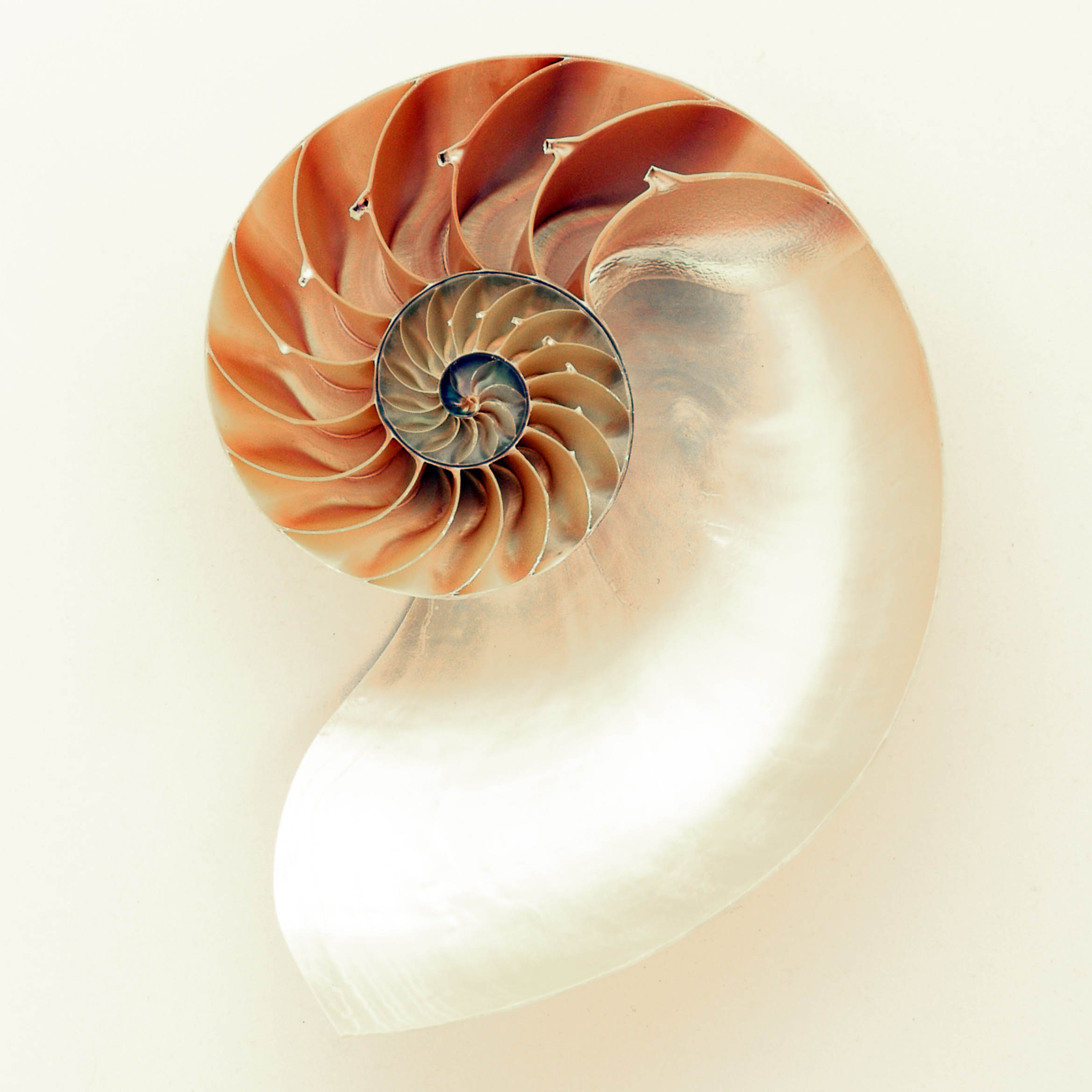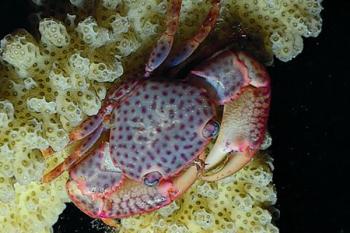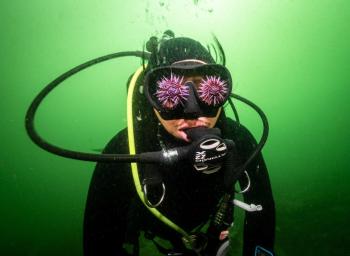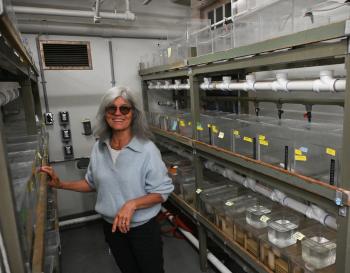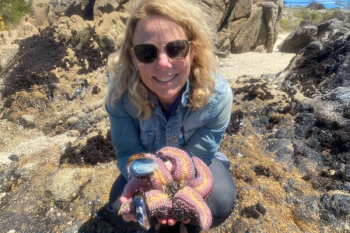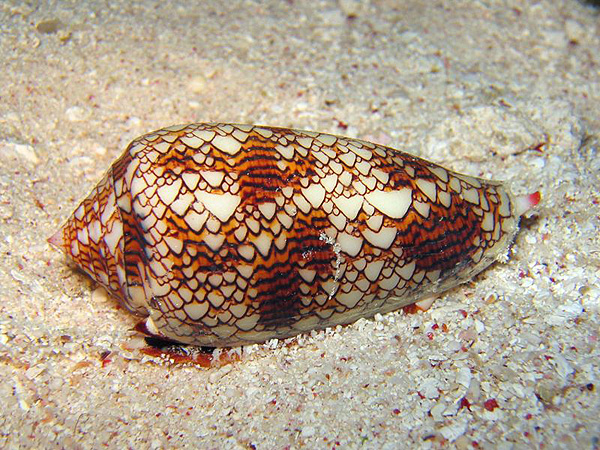
Scientific discovery: you never know where it will lead.
Over the years scientists have discovered many drugs by testing compounds from organisms on the land and in the sea. “While most drugs derived from natural sources currently come from terrestrial (land-based) organisms, research suggests that the ocean, with its amazing biodiversity and large number of yet-undiscovered species, may be a rich source for new medicines.” (NOAA)
Some chemicals produced by marine animals that may be useful in treating human diseases like fighting cancer come from tunicates, deep-sea sponges (anti-tumor agent), bryozoans (potential treatment for leukemia and melanoma, sea whips (anti-inflammatory and analgesic agents that reduce swelling and skin irritation), and cone snails (pain killer).
As NOAA points out, all of the organisms, except the cone snail, are sessile (non-moving) invertebrates. The sessile animals may have evolved these chemical defenses to repel predators. Or, perhaps to protect their space from competitors.
For predators, “venomous animals have, through evolution, fine-tuned venom components to hit a particular target in the prey and disrupt it,” scientists write. For researchers, looking at one component and how it disrupts normal physiology, often leads to relevant medicines. Take the story of one marine animal, the cone snail.
The cone snail is a venomous predator with complex venom that illustrates the potential for new drugs. Some cone snails are fish hunters that catch prey by shooting a barbed hook into a fish and delivering a dose of venom that chemically paralyzes the fish. Watch this video that shows a cone snail hunting.
The first pain killers discovered from cone snails are Conotoxins, peptides isolated from the venoms that target neuronal ion channels in the prey of the snails. These also interact with various receptors in humans and are also developed for pain therapies.
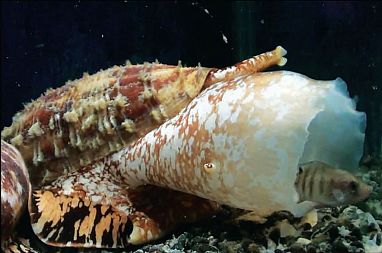
One researcher estimates “there are over 100,000 pharmacologically-active peptides in the venoms of cone snails.” "Cone snail venom is like a natural library of compounds," adds Iris Bea Ramiro of the University of Copenhagen. "It is just a matter of finding what is in that library."
In 2022 researchers found a chemical in a species of cone snail’s venom that mimics a human hormone that regulates blood sugar levels. By studying how the venom works, they are hoping to learn how to design better drugs for medical use, like diabetes.
This lesson plan is about medicinals from the sea.


